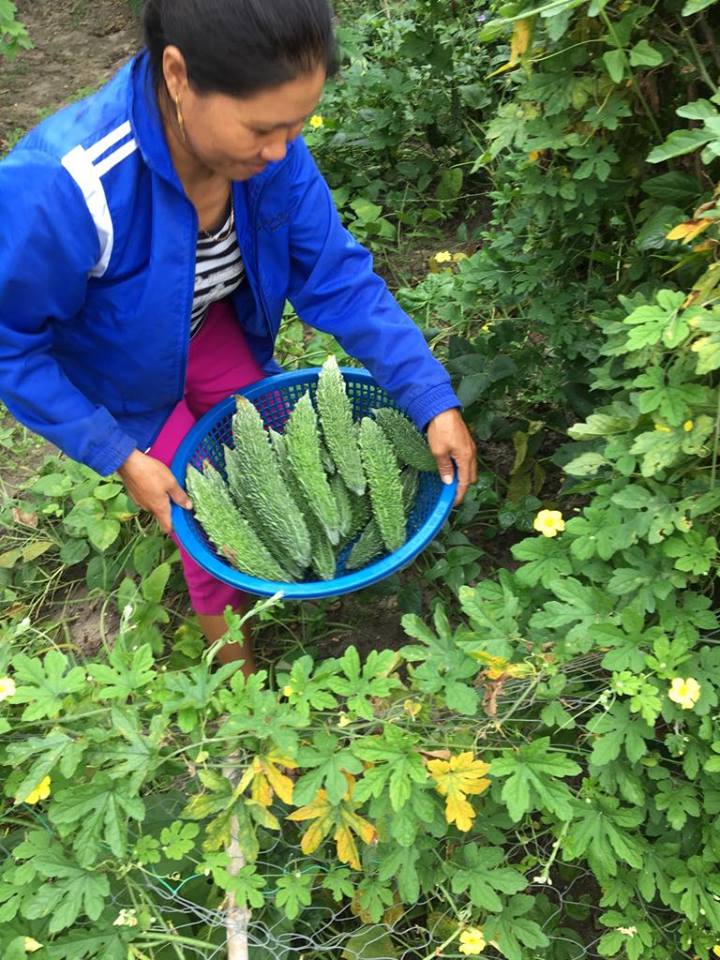

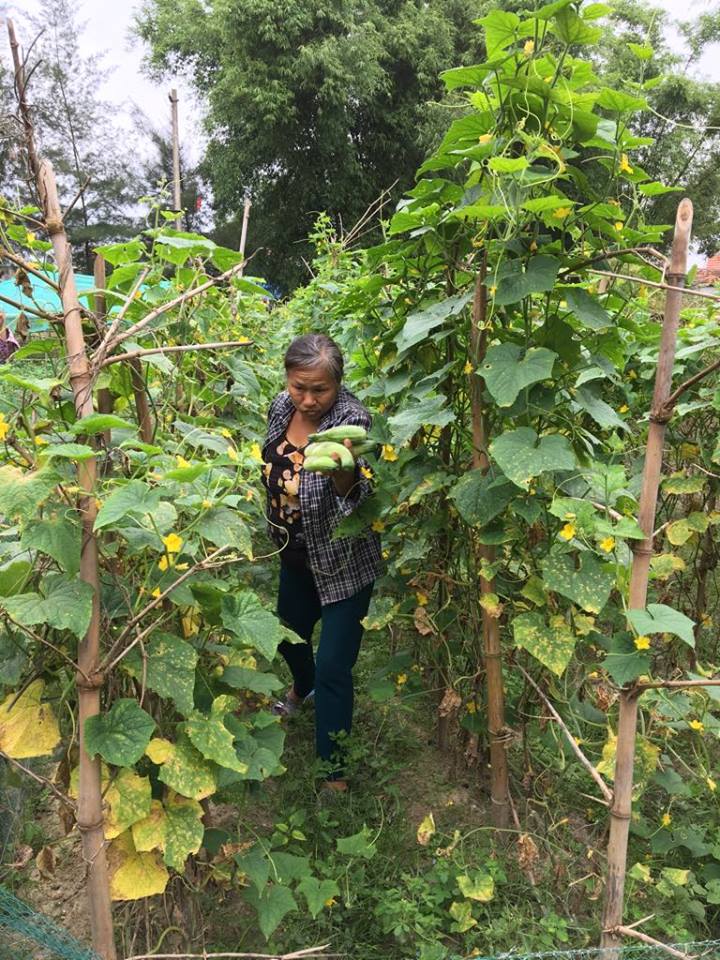
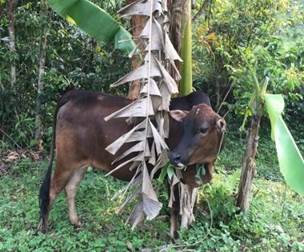
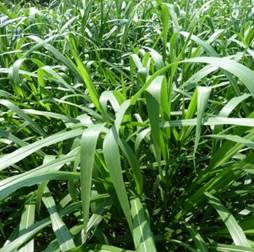
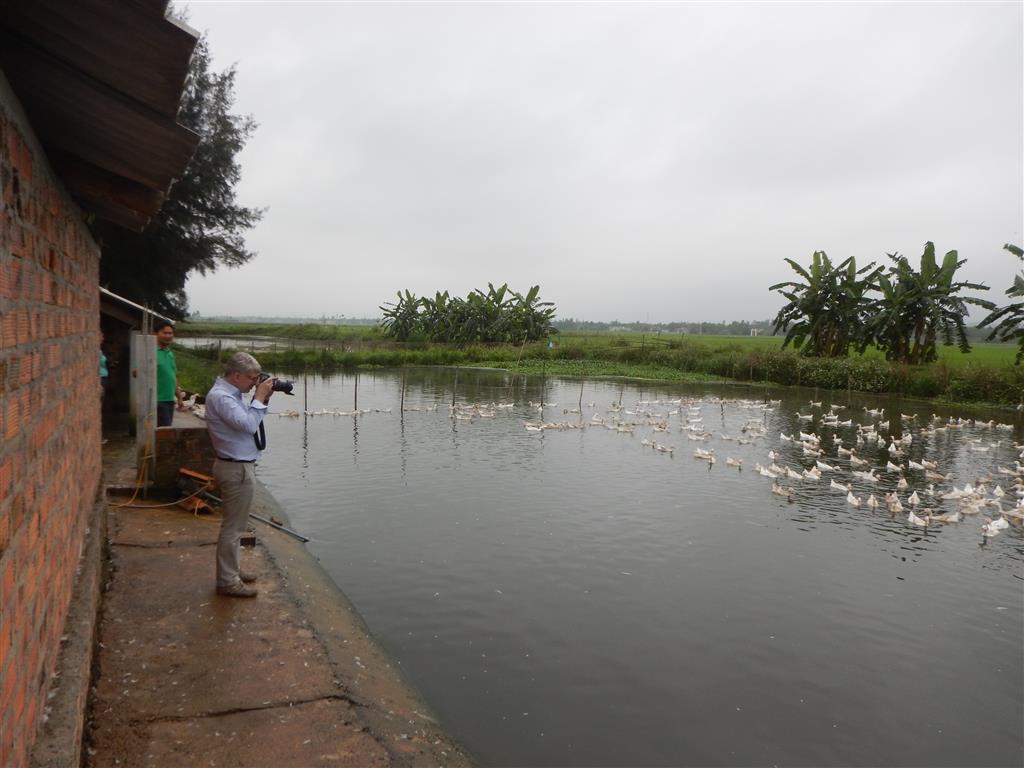
Livelihood models were developed and piloted to support participating households, helping them to generate additional income and strengthening the ownership of the local community. 30 participating households were identified trough baseline surveys and three models were selected which had been identified as having the potential to reduce the pressure on coastal forests, while also providing additional benefits to communities. Vegetable gardening, fodder production & cattle raising as well as fish farming were identified to support selected farmers. As such, the livelihood activities are directly linked to the coastal protection forest plantation, not only by reducing pressures but also by enhancing the adaptive capacity of local communities through diversifying agricultural products. Ownership for the coastal protection forest plantation was also increased as locals partaking in the livelihood models have protection and maintenance responsibilities for the pilot plantations. A series of technical trainings on identified livelihoods, including guidances on farming were delivered to farmers to improve their technical knowledge and production skills.
- Involvement of local authorities and communities from the start of first discussions about project planning
- The needs of local people are respected and taken into account
- Technical knowledge and regular advice play important roles in improving production skills for farmers
- Good collaboration and support from local authorities and project partners are key factors
- It takes time for farmers to really understand and apply techncial knowledge and change their production habits to adapt to climate change impacts
- EbA measures usually take longer until its results and impacts can be seen. Short-time implementation of the solutions has not yet brought practical evidence of the biophysical effectiveness of measures which could be communicated to local authorities with facts and figures, making it hard to persuade them to take over responsibility on M&E and maintaining the solutions
- The restoration of ecosystems (medium-term benefits) in combination with livelihood development of local people (short-term benefits) is an integrated and sustainable approach in response to climate change impacts
- Ownership and responsibility of local communities for upscaling and maintaining pilot measures in the long run is a key factor to ensure their sustainability